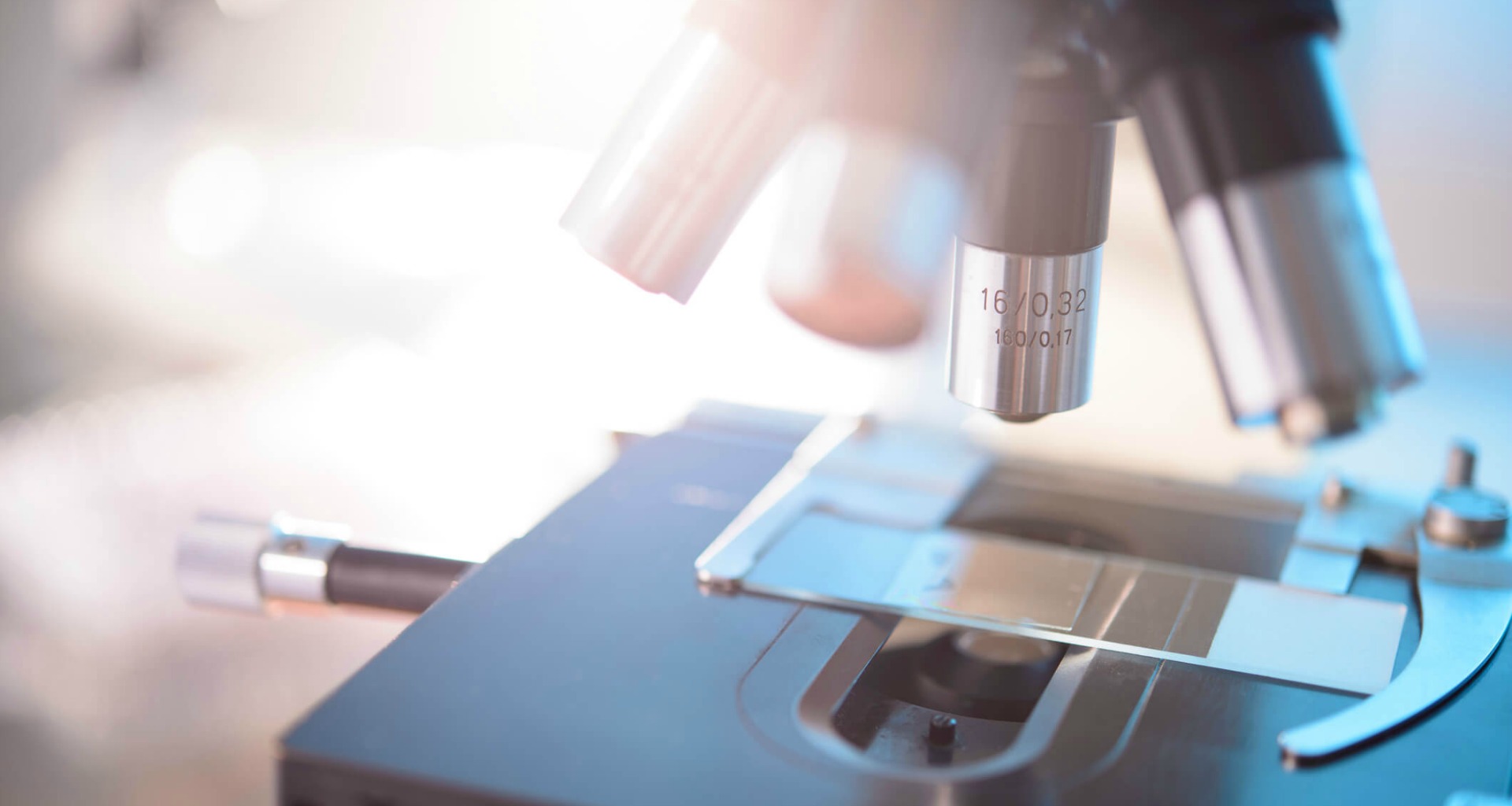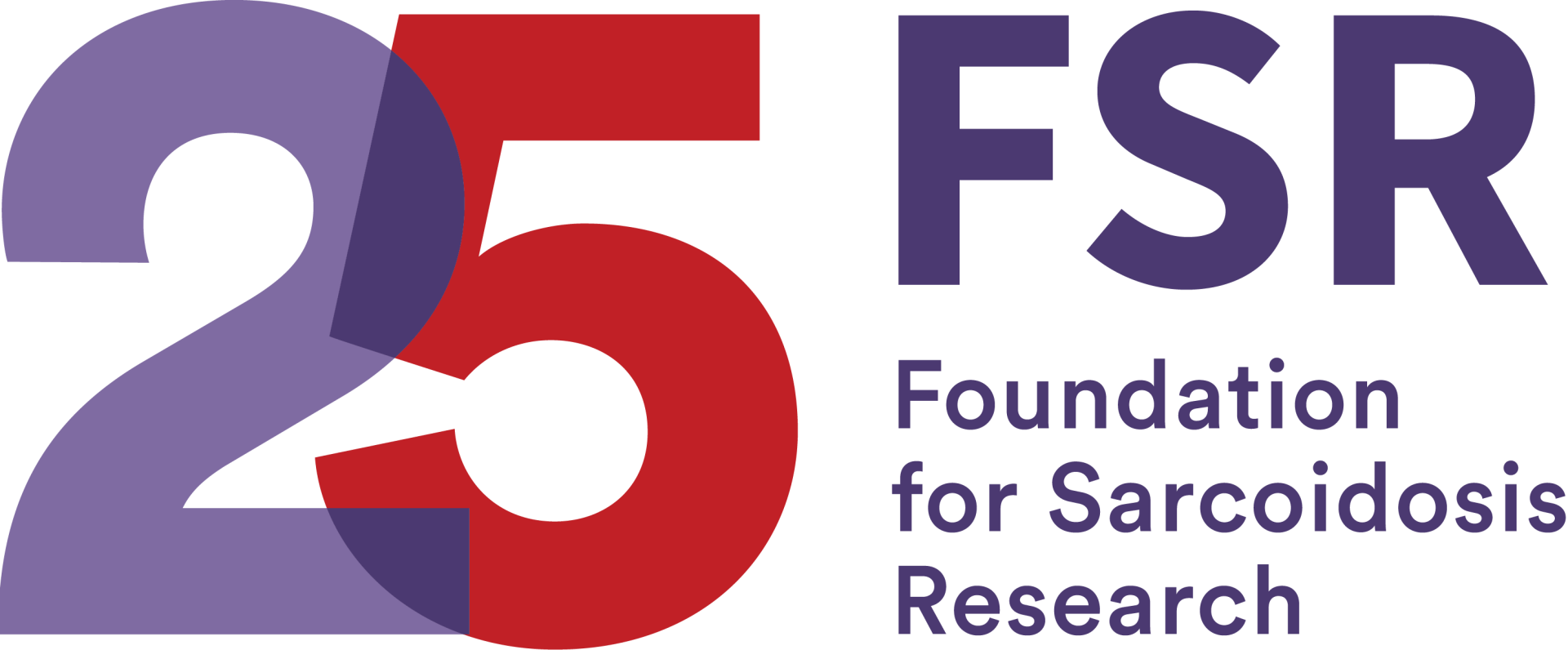FSR is excited to share some breaking news from the world of rare disease research that could have a huge impact on the future of diagnosing and treating rare diseases worldwide. The International Rare Diseases Research Consortium (IRDiRC) has released an ambitious list of goals for the next decade, spanning from 2017-2027. These goals- set based upon IRDiRC’s past successes- aim to push the boundaries of rare disease research and completely change the face of diagnostics and treatment for rare diseases. Check out their press release below with their new goals:

PRESS RELEASE:
IRDiRC Goals 2017-2027: New rare disease research goals for the next decade 09 August 2017
The International Rare Diseases Research Consortium (IRDiRC) is proud to announce the new vision and goals for 2017-2027. IRDiRC, officially launched in 2011, was originally conceived with two main goals: to contribute to the development of 200 new therapies and the means to diagnose most rare diseases by the year 2020. The last six years have seen considerable progress on these goals: the goal to deliver 200 new therapies was achieved in early 2017 – three years earlier than expected – and the goal for diagnostics is within reach. These accomplishments were celebrated at the 3rd IRDiRC Conference in Paris in February 2017.
In light of this, IRDiRC initiated a year-long collaborative process to devise a new set of global rare disease goals for the upcoming decade. IRDiRC aims to accelerate progress in the short-term with three goals for the Consortium, and ambitiously push the limits of what is currently possible in the longer term with an audacious vision for the field, all with rare disease patients’ lives in mind.
The new vision: Enable all people living with a rare disease to receive an accurate diagnosis, care, and available therapy within one year of coming to medical attention.
In order to work towards this bold and ambitious vision, IRDiRC has set three goals for the next decade:
- All patients coming to medical attention with a suspected rare disease will be diagnosed within one year if their disorder is known in the medical literature; all currently undiagnosable individuals will enter a globally coordinated diagnostic and research pipeline
- 1000 new therapies for rare diseases will be approved, the majority of which will focus on diseases without approved options.
- Methodologies will be developed to assess the impact of diagnoses and therapies on rare disease patients
The progress on the previous goals has shown that the international rare diseases research community is eager to share knowledge and experience, and work collaboratively across borders in order to bring diagnoses and therapies to patients. These new goals can only be achieved with fundamental changes to the way science is conducted, shared, and applied to the care of rare disease patients. IRDiRC members have committed to catalyze such changes and we hope that others will share and help with this 2 commitment to action. It is time to build new bridges and raise the bar for rare diseases research worldwide.
For more detailed information on the past progress and future actions, please read three papers that have just been published by IRDiRC:
- Nature Commentary: http://www.nature.com/uidfinder/10.1038/548158c
- CTS Past Perspective: http://onlinelibrary.wiley.com/doi/10.1111/cts.12501/full
- CTS Future Perspective: http://onlinelibrary.wiley.com/doi/10.1111/cts.12500/full
About the International Rare Diseases Research Consortium (IRDiRC): IRDiRC was formed to unite public and private sector funders of research, patient advocacy groups, and scientific researchers to advance rare diseases research worldwide. For more information about how IRDiRC is accelerating rare diseases research progress with the ultimate goal of improved health for people living with rare diseases worldwide, visit www.irdirc.org
